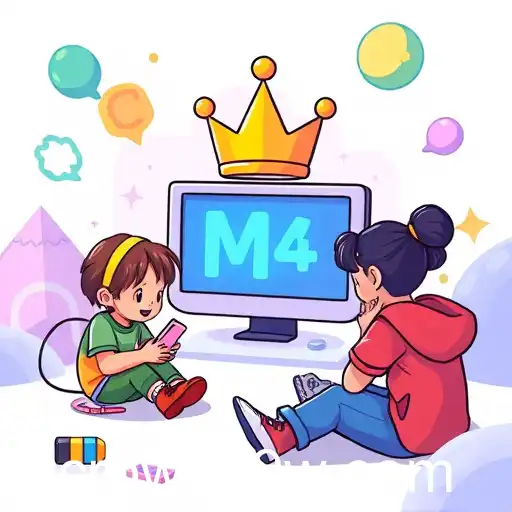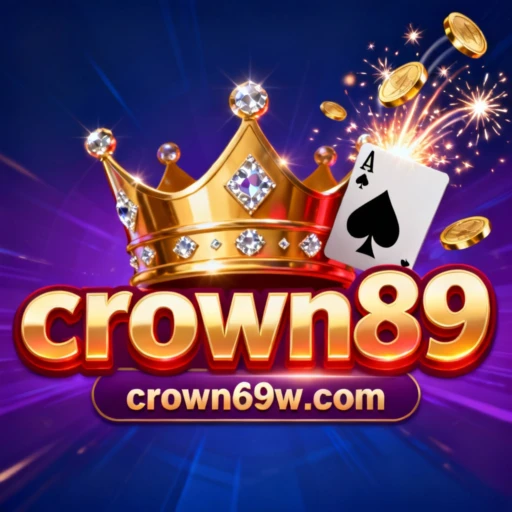crown89 | The Educational Revolution: Unveiling the Potential of 'Crown89' Games

In today's digital age, educational games have emerged as a powerful tool for learning and development, appealing to both educators and students. The category 'Educational Games' includes a variety of interactive experiences that merge entertainment with education, often utilizing innovative methods to teach traditional subjects. The keyword 'crown89' has recently gained attention within this category, serving as a gateway to a unique subsection of games that offer significant educational value.
Educational games encompass a broad spectrum of subjects including mathematics, science, language arts, and history, designed to cater to a variety of learning styles and age groups. These games leverage the engaging nature of gaming to encourage learning in an interactive environment, often making use of rewards, challenges, and story-based narratives to maintain engagement and motivation.
'Crown89' has become synonymous with a selection of games that offer an immersive and rewarding educational experience. These games are distinguished by their high-quality graphics, engaging storylines, and the ability to adapt to the user’s individual learning pace. This adaptability makes them particularly effective for personalized education, allowing students to progress at their own speed while ensuring that core concepts are understood before moving on to more advanced material.
Moreover, educational games that feature 'crown89' as a keyword tend to incorporate elements of critical thinking, problem-solving, and creativity. Many games in this sub-category encourage players to explore and solve complex problems, fostering crucial skills that are transferable to real-world scenarios. This makes them an attractive option not just for educational institutions looking to incorporate technology into their teaching, but also for parents seeking effective home learning tools for their children.
The rise in popularity of educational games, including those associated with 'crown89', can be attributed to several factors. Increasing access to technology and the internet has made these games more accessible than ever before. Furthermore, as research continues to demonstrate the benefits of gamified learning, more educators are recognizing the potential of video games as a medium for education. This shift is also in response to the changing preferences of younger generations who are digital natives, naturally inclined towards interactive and visually stimulating forms of learning.
In conclusion, the emergence of 'crown89' in the category of educational games highlights the evolutionary change in the educational landscape. As these games continue to improve and adapt, they offer a promising complement to traditional educational methods, and perhaps, a glimpse into the future of learning. Educators and parents alike are encouraged to explore these innovations and consider the role they play in shaping effective, modern education strategies.



